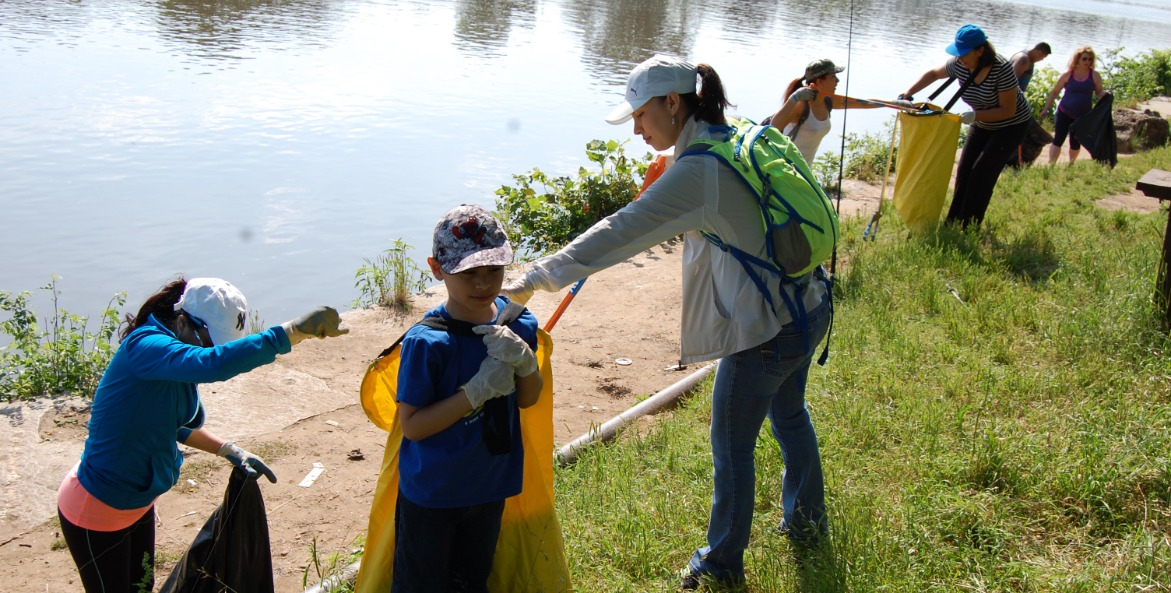Our lives are tied to water. We've seen that clearly in the past few months in places like Jackson, Mississippi, where residents are struggling to get safe water from their taps for the most basic daily tasks. Or in the Western U.S., where farms and towns face the prospect of running dry. Closer to home, toxic algal blooms forced beach closures at Lake Anna in Virginia, and record-low blue crab numbers necessitated reduced harvests for one of the Bay's most valuable fisheries.
We all depend on clean water and the ecosystems that provide it—so how can we better care for this most vital of resources?
Fifty years ago this October, Congress passed the Clean Water Act. The law provides the legal framework we depend on to reduce pollution in streams, rivers, lakes, and coastal waters throughout the Chesapeake Bay watershed. Its influence is profound. Without it, we could not have stemmed the flow of untreated sewage, toxic waste, and other harmful pollutants that industrial facilities once sent directly into our waterways. We would not have the Chesapeake Clean Water Blueprint, the science-based plan to clean up the Bay. And we would not have the legal tools we need to continue pushing for water that is safe and clean.
The law is just the start. The real work of clean water is an ongoing and collective project. Over the past several months, I've met with some incredible groups and individuals working for clean water throughout the Chesapeake watershed. These leaders often don't set out to protect the "Bay" with a capital B. Instead, they are motivated to care for each other, their neighborhoods, their churches, and the places they love. They recognize that the Bay is more than a body of water. It is a means to connect to each other.
This is true even at the highest level. I was heartened to meet this summer with the Maryland Bay delegation in Congress, a bipartisan group of legislators who represent Maryland, and Dr. Kandis Boyd, the new EPA Chesapeake Bay Program Director.
Continued support for Bay restoration from the entire Bay Congressional delegation made possible significant federal investments in clean-water programs over the past year, including an additional $22.5 million for helping watershed farmers install conservation practices; $238 million to support the Chesapeake Bay Program and grants for community-led restoration projects over the next five years; and $20 billion in the landmark climate law to implement climate-smart agricultural conservation practices on farms nationwide. Pennsylvania lawmakers also stepped up—the state established a new Clean Streams Fund this year with $220 million, more than half of which will fund a new cost-share program to help farmers implement conservation practices.
Our work, and the work of the Clean Water Act, is not done. But thanks to those who continue to invest in each other and the watershed we call home, we have the opportunity to build on our successes and accomplish its goal.




